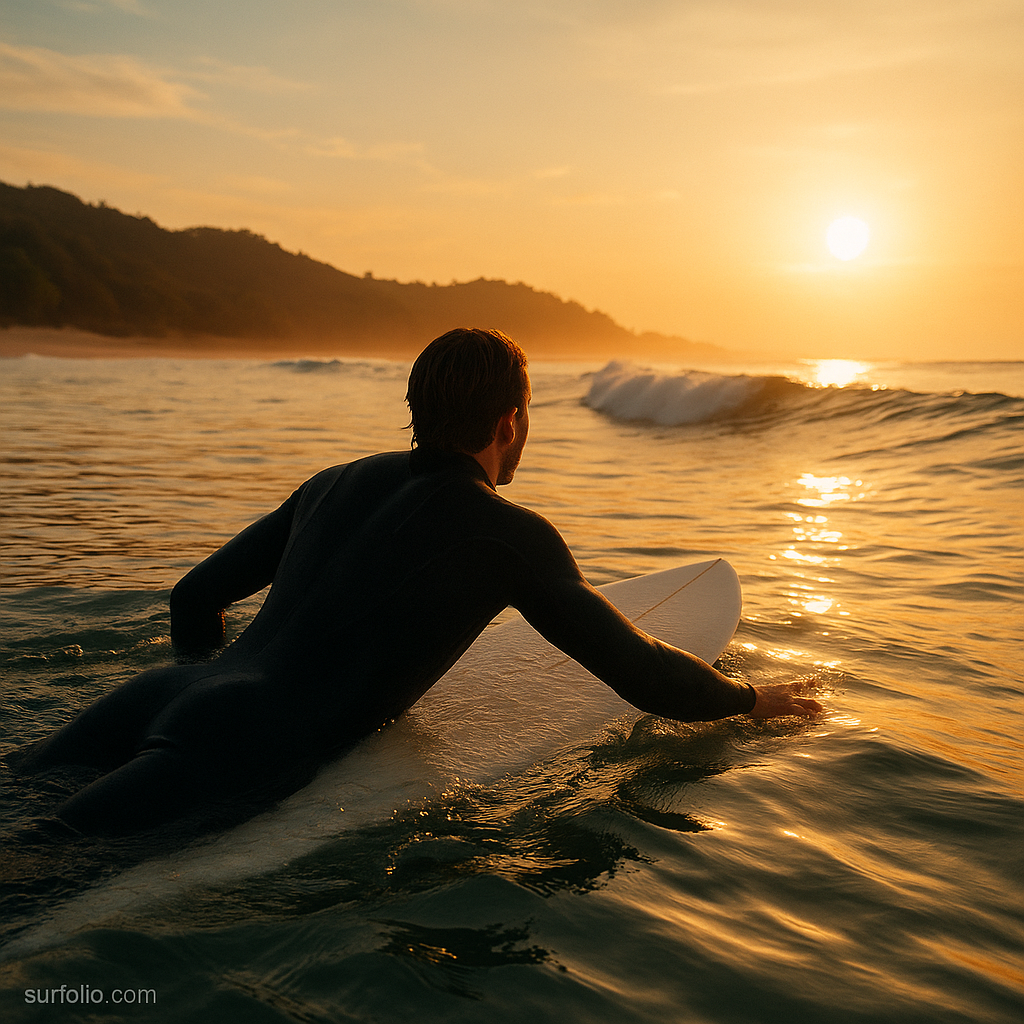
Every surfer shares one common space — the ocean. Whether you’re paddling out at a crowded beach break or catching mellow waves near shore, respecting swimmers is one of the most important responsibilities in surfing. Safe surfing isn’t just about your own control; it’s about awareness, courtesy, and understanding the shared nature of the lineup.
Knowing how to surf around swimmers responsibly keeps everyone safe, protects the reputation of surfers, and preserves harmony in the water.
The Importance of Surf Awareness
Swimmers, bodyboarders, and surfers often occupy overlapping zones, especially at family beaches or mixed-use surf spots. Unlike surfers, swimmers don’t have fins, leashes, or the ability to maneuver quickly — which means the burden of awareness always falls on you, the surfer.
Surfboards are powerful tools. A runaway board can cause serious injury even in small waves. Practicing awareness, patience, and control is the foundation of responsible surfing.
Think of it this way: the ocean is a shared playground — and surfers are its most experienced users. With that comes responsibility.
Learn the Designated Zones
Before paddling out, take a moment to observe the beach setup. Most lifeguarded beaches mark separate areas for swimmers and surfers using colored flags or signs:
- Red and yellow flags: Designate the swimming zone monitored by lifeguards.
- Black and white checkered flags: Mark surfing or bodyboarding zones where boards are permitted.
- Single red flags: Warn of dangerous surf conditions — often closed to swimmers.
Always surf outside the red-and-yellow flags, keeping a safe distance from swimmers. These areas exist for safety and to prevent collisions in crowded surf.
If you’re at an unpatrolled beach, identify where swimmers are congregating and position yourself at least 50–100 feet away.
Paddle Out With Intention
A responsible surfer paddles out strategically — not through crowds. Look for channels, rips, or calmer areas that allow you to reach the lineup without crossing swimmers or other surfers’ paths.
Tips for safe paddling:
- Wait for a gap in waves and swimmers before paddling out.
- Keep your board low and under control while navigating near shore.
- Avoid paddling through beginner swimming or bodyboarding areas.
- If you must cross near swimmers, do so slowly and with clear distance.
You’re responsible for your board’s path — always anticipate where people might drift or dive.
Maintain Control of Your Board
Losing control of your board is the most common cause of surf-related injuries near swimmers. Even small boards can cause serious impact if unleashed in whitewater.
Best practices:
- Never ditch your board — always hold on to it, even during wipeouts.
- Use a leash at all times, no matter the wave size.
- Avoid over-paddling for waves if you’re too close to shore or swimmers.
- Practice controlled wipeouts: fall flat, away from your board, and stay calm.
A surfer who stays in control — even when falling — earns respect and keeps the ocean safe for everyone.
Keep a Respectful Distance
Space is your greatest safety tool. When surfing near mixed-use zones, maintain a wide buffer zone between yourself and swimmers.
- Never ride waves directly toward crowded swimming areas.
- Avoid paddling or sitting near kids or beginner swimmers.
- Remember that rip currents can pull swimmers unpredictably — keep extra space in rip zones.
- If a swimmer drifts unexpectedly near you, stop paddling or wait for them to clear before catching a wave.
The rule of thumb: If you think it’s too close, it is.
Communicate and Stay Calm
Misunderstandings happen — especially when beaches are crowded. If you accidentally drift into a swimming area or come close to someone, apologize clearly and sincerely. Simple, calm communication can defuse tension instantly.
Pro tip:
A friendly smile and a quick “Sorry about that!” go a long way toward keeping good vibes in the lineup. Respect builds trust — and trust keeps the water peaceful.
Choose the Right Spot for Your Skill Level
If you’re still learning, avoid surfing in mixed zones or crowded beaches altogether. Find dedicated beginner surf zones or less-crowded breaks where you can practice without worrying about swimmers.
As you progress, you’ll develop better control, timing, and awareness — making it safer to surf near others. Advanced surfers should also lead by example, demonstrating etiquette for beginners and visitors.
Watch for Lifeguard Signals
Lifeguards monitor surf zones for everyone’s safety. If they whistle, wave, or call out, it’s not personal — it’s protection.
Common signals include:
- Arm pointing sideways: Move out of that zone immediately.
- Whistle blasts: You’re too close to swimmers or in a restricted area.
- Hand circling above the head: Indicates a warning or need for attention.
Always follow lifeguard instructions immediately and with respect. They’re the ocean’s referees — and your allies.
Be a Steward of the Surf Zone
Responsible surfing extends beyond personal behavior — it’s about setting the tone for everyone in the water.
Be the surfer who:
- Keeps distance and awareness in shared zones.
- Warns beginners if they’re too close to swimmers (politely).
- Retrieves stray boards or helps swimmers caught in rips.
- Leaves no trash or wax scraps behind.
Leading by example makes surfing safer and more respected in your community.
Final Thoughts
Surfing around swimmers responsibly isn’t about restriction — it’s about coexistence. Every person in the water shares the same goal: to enjoy the ocean safely and freely.
By staying alert, keeping control, and respecting boundaries, you protect not only others but the soul of surfing itself. A surfer’s true mastery isn’t just in their turns or barrels — it’s in their awareness, humility, and respect for the sea and everyone within it.
